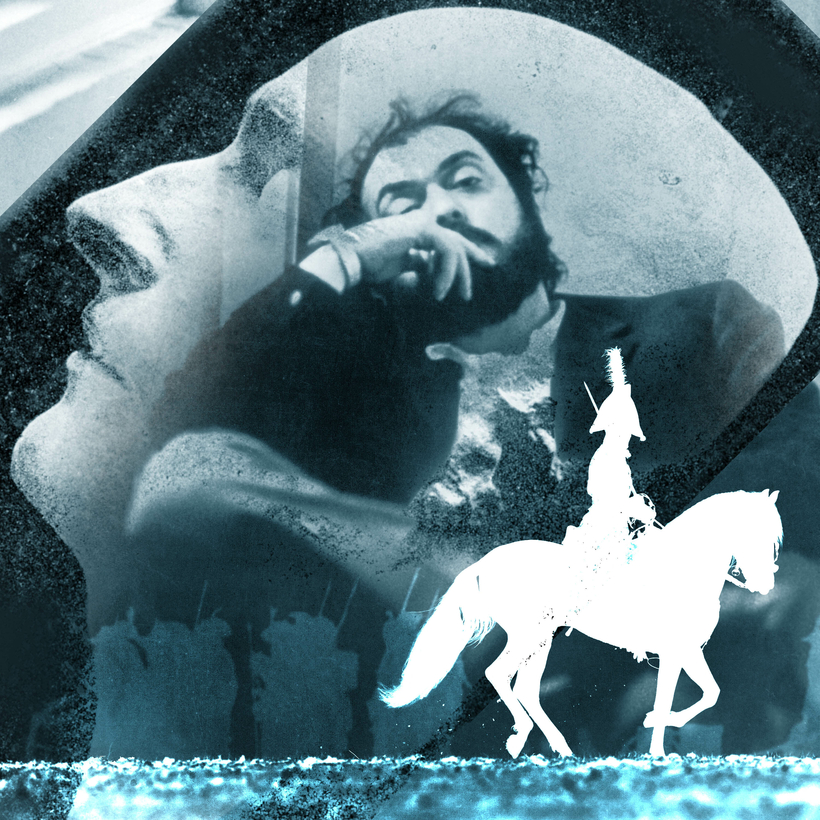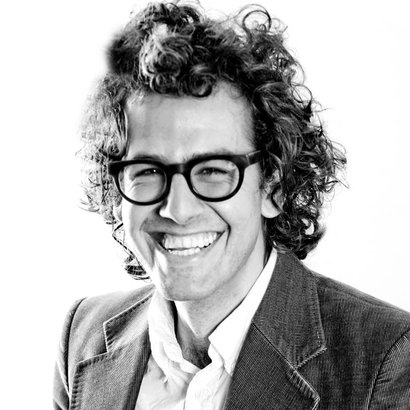A new Napoleon—Ridley Scott’s—is upon us, so naturally I think of the rhododendrons. The rhododendrons that were the source of a “protracted argument,” as Stanley Kubrick biographer John Baxter tells us, between the director and his stage designer Carl Toms. As Kubrick prepped his never-made, obsessively researched “Napoleon,” his seemingly essential question to Toms was whether or not the flower species had come to Britain by way of India. The ensuing argument—whether the manner or very fact of it, Baxter does not say—was evidently so unpleasant that Toms and costume designer John Mollo “cracked” and resigned from the project despite Kubrick’s offer to double, then triple Toms’s salary.
I think of the rhododendrons, and of that strain of perfectionism, often mistaken for artistry, that turns on itself, and eventually on the audience—that is, if the project in question ever sees the light of day. It is the hidden fear that is beneath the artist’s impulse to research endlessly, the terrible feeling that his or her own original instinct is not good enough, second to “getting it right.” But the artist’s charge is not accuracy. It is, however it may be defined, much, much bigger.

So many biopics—and the air is heavy with them this season—succumb to this impulse that it may be instructive to remember the sad madness of Kubrick’s Waterloo and ask ourselves: What is it that filmmakers want from their subjects? And what is it that we want from our filmmakers? (And they are ours. If they’re any good, we’re theirs, too.)
That Kubrick began formal research for an epic just after completing his most ambitious movie, 2001: A Space Odyssey, is in retrospect a red flag, suggesting at once a healthy effort to top himself while doing so unhealthily, by quantity, rather than quality. Kubrick was always a big researcher (a feature-length documentary has been made on his preparatory materials alone), but, as we learn in the 1,112-page book Stanley Kubrick’s Napoleon: The Greatest Movie Never Made, none of the director’s other films—finished or unfinished—cost as much time or money in pre-production or generated as much research material as “Napoleon.”
By one estimate, Kubrick collected some 17,000 images from the Napoleonic years; read (and notated) 500 books on the subject, amassing perhaps the largest private archive of Napoleoniana on the planet; and enlisted a group of Oxford undergraduates to detail all known records of relevant historical events, generating enough index cards to fill many large filing cabinets. I remember, when I saw the cabinets in person, at a traveling Kubrick exhibition some years ago, having to actually step back from them, slowly, as if to escape their aura, so imposingly did they embody—like Charlie Kaufman’s heartbreaking Synecdoche, New York—the gargantuan endlessness of infinite choice that amateurs call writer’s block.
But Kubrick was no amateur. Over the years, not a few of his collaborators have remarked that, if he hadn’t become a filmmaker, Kubrick would have been a general, though he is far from the only director to earn that comparison. (See also Sam Fuller, John Ford, D. W. Griffith.) Making a movie, more than any of the other arts—and more, come to think of it, than most undertakings—is war-like in scope and personnel. Which begs the question: Why, exactly, did he need to research? In many fundamental ways, Kubrick was Napoleon.
I remember, when I saw the cabinet in person, at a traveling Kubrick exhibition some years ago, having to actually step back from it, slowly, as if to escape its aura.
His dialogues with Napoleon scholar Felix Markham, just one of the experts he consulted, show a Kubrick in ferocious pursuit of details that may be of value to a historian but would unquestionably be trivia to an audience:
Stanley Kubrick: Did they have certain basic semaphore routes?
Felix Markham: Yes, the first one was set up as Paris to Lille in 1794, and about the same time, I think, from London to Portsmouth. In fact, in England, if you look at old maps you will find things called telegraph hills, where they erected these mechanical semaphore telegraphs.
Etc., etc., etc.
Reading these dialogues is painful; they show all too clearly the difference between love and infatuation. One gives life; the other tries to capture it.
Kubrick completed the first draft of his 186-page screenplay in September 1969. The last shot is of “an open portmanteau. It is filled with very old children’s things—faded toys, torn picture books, wooden soldiers and the Teddy bear Napoleon slept with as a child.”
Napoleon’s teddy bear? Stanley, please.

Happily, no such cliché has ever made it into a Kubrick film. But did Napoleon really have a teddy bear? Does it matter? “It is difficult to make a film about a historical figure that presents the necessary historical information and at the same time conveys a sense of the day-to-day reality of the characters’ lives,” Kubrick confessed to critic Gene Phillips. Why, then, make a biopic at all? Why not—as has been done many times in print, onstage, and on-screen—remix the compelling themes and characters of the past to one’s exact specifications? Why, in other words, engage the pretense of history?
For one, we love it. Or think we should. I am no Shakespearean, but I would bet the title Richard III did for Elizabethans what Oppenheimer did for us: hook us and flatter our craving for high seriousness. But what’s in it for the filmmaker? If it were called “Kingdom for a Horse” (or even “King Dick”), the play would lose none of its power.

For all the reasons movies don’t get made, and a few more, Kubrick’s “Napoleon” didn’t get made. But all that research—and here’s where you’ve got to love rhododendrons—wasn’t for naught. Shot from late 1973 to mid-1974, Barry Lyndon is in theme and setting, character and detail, and ambition and grace, everything Kubrick’s unmade “Napoleon” should have been but likely would not have been and much more than most films ever could be, a reminder that research for the artist should be like dialogue for the actor: learn what you need to know and then forget that you know it. Anything else is just technique. Technique and facts.
So while the nerdier among us might praise Barry Lyndon for its period-authentic candlelight, those (I forget the name) NASA lenses Kubrick used, and so beautifully, in such impossibly low light, I cherish Barry Lyndon for the seduction scene of Barry (Ryan O’Neal) and Lady Lyndon (Marisa Berenson)—the excruciating, delicious, even satirical high mannerism of human beings pitting heart against society. In other words, Stanley Kubrick at his absolute best—no research required.
Sam Wasson is a Writer at Large at Air Mail and the author of several books, including The Big Goodbye: Chinatown and the Last Years of Hollywood. His next book, The Path to Paradise: A Francis Ford Coppola Story, will be published by Harper on November 28

